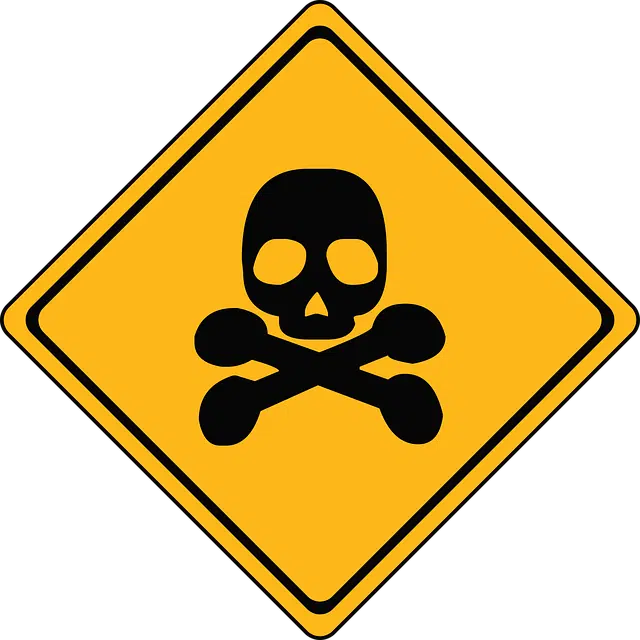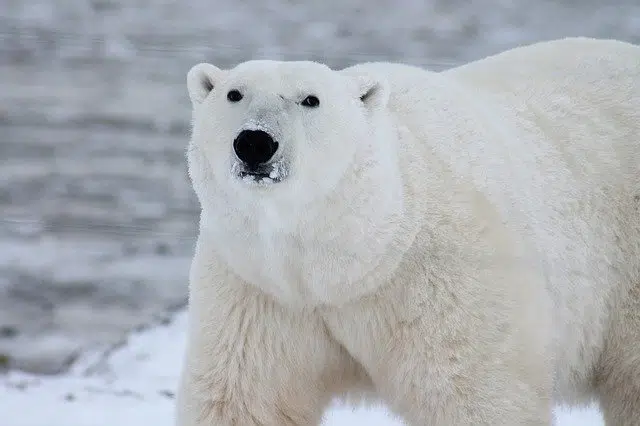
Danger appears when there is something potentially harmful.
From the Latin periculum , danger is a risk or the imminent contingency of something bad happening . It may be a physical threat, such as the collapse of a clearly deteriorated structure, or an abstract circumstance, which depends on the perception of each individual.
Let's look at the term in context: "This avenue is a danger for pedestrians: this month alone there have been three deaths " , "We had to leave the house due to the danger of collapse" , "Having casual sexual relations without using a condom is a health hazard» , «Danger: slippery floor» .
Danger, therefore, is associated with situations that have potential harm to the body , the environment or property. These circumstances are latent and are usually the first step towards the development of an emergency.
Types of danger
It is possible to distinguish between two very different types of danger:
* latent danger is one that has the potential for damage but has not yet produced it (such as a possible rock fall from a mountain that is located in an area without people or homes);
* Potential danger , on the other hand, represents a threat capable of affecting people, their property or the environment, which requires a risk assessment and possible evacuation (an example of this situation is an active volcano near of a town).
We speak of mitigated danger when the potential danger has been identified and measures have been taken to prevent an incident from occurring or to minimize its consequences (such as the construction of barricades to stop a river from flooding).
With the arrival of social networks and the lack of security measures to protect personal data, a deep fear of identity theft began to develop, the distribution of private information such as photos and compromising documents; All this makes up one of the most discussed phenomena of recent times: the danger of social networks .

The polar bear is an animal that is in danger of extinction.
Threatened species
When it is probable that all the living members of a certain species , be it animal or plant, will disappear, it is considered to be in danger of extinction . Among the possible reasons are the direct predation of said species and the scarcity of a fundamental resource for its life, either due to modifications in its habitat due to natural disasters or progressive alterations in the climate, or due to the destructive action of human beings.
To facilitate the monitoring of species in danger of extinction, conservation statuses were created, simple indicators of the probability that each one has of surviving in the short or medium term, taking into account issues such as the number of individuals and the way in which they survive. which they are distributed, their biological and natural history, and their predators, among others.
Red List of endangered animals
The International Union for Conservation of Nature ( IUCN ) developed the Red List , the most popular document that seeks to classify the conservation status of different species. It contains two very specific categories under which the taxa whose continuity is at risk are located: endangered (whose official abbreviation is EN , given that its English version is written endangered ) and critically endangered (which is abbreviated as CR , starting from critically endangered ). On the other hand is the vulnerable category, which indicates a less imminent threat.
For a species to be part of the endangered or critically endangered groups, its geographic distribution must have shown considerable fluctuations, whether it has been reduced or fragmented. In the 2009 edition of the Red List, the first category contains 2,448 species of animals and 2,280 species of plants; the second, 1665 and 1575, respectively.
